
Scientists Analyze an Ancient Shell and Soon Discover a 70-Million-Year-Old Rarity about the Earth
Shocking Revelations
In February 2020, a groundbreaking study by researchers from the Vrije Universiteit Brussel and Utrecht University was published in the journal of the American Geophysical Union (AGU). This study unveiled astonishing discoveries about the Earth—and possibly the Moon—gained through the analysis of an extinct relative of modern-day mollusks.
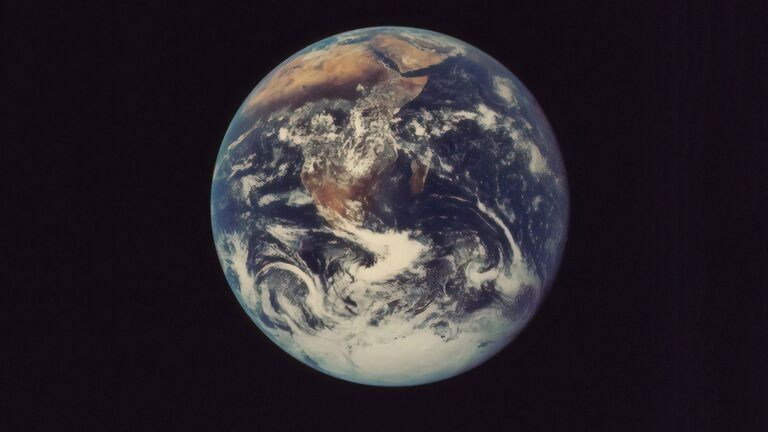
The findings from the examination of this ancient shell opened new avenues for understanding the geological history of our planet and the influences of the Moon, underscoring the importance of paleontological research in uncovering planetary secrets.
A Long Time Ago
The focus of this study was on a species of mollusk, Torreites sanchezi, dating back approximately 70 million years, just before the extinction of the dinosaurs. This species belonged to the now-extinct rudist clams, known for their unique shell growth patterns that formed daily layers.
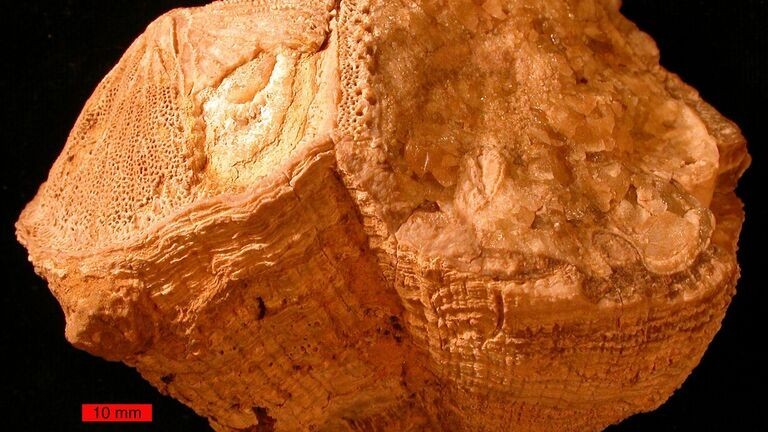
These layers were crucial for the research, providing a chronological record that offered scientists invaluable data and allowed them to delve deeply into Earth’s geological past.
Ancient Oceans
The AGU described T. sanchezi as having an unusual structure, resembling tall beer glasses with lids shaped like bear claws, comprised of two asymmetrical shells connected by a hinge.
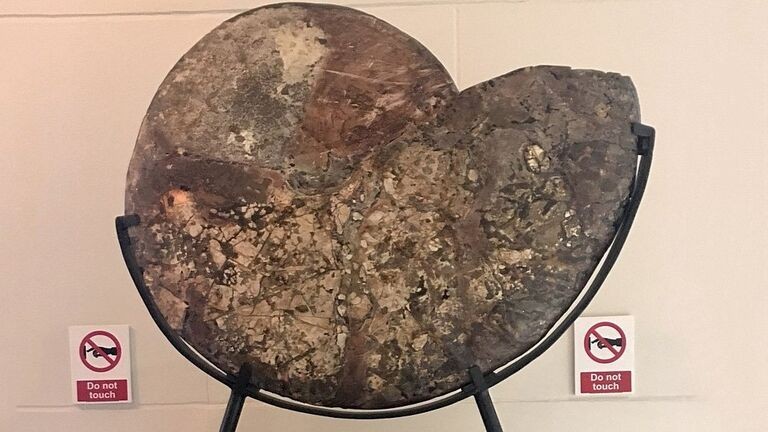
These clams thrived in warmer waters than today’s oceans, forming dense reefs and significantly contributing to the marine ecosystems of their time. Their unique physical features made them an intriguing subject of study and a key to unlocking ancient climate patterns.
Long Gone
The specimen under investigation came from a shallow seabed that existed over nine million years ago, in an area that was once a tropical marine habitat and is now part of the dry mountains in present-day Oman.

This region, once teeming with these clams, witnessed their extinction alongside land dinosaurs, providing a unique insight into the prehistoric world and its dramatic changes.
No Comparison Today
Niels de Winter, the lead author of the study and analytical geochemist at the Vrije Universiteit Brussel, emphasized in an interview with the AGU in March 2020 the uniqueness of rudist bivalves. He highlighted their critical role in reef building during the late Cretaceous period, similar to the role corals play today.
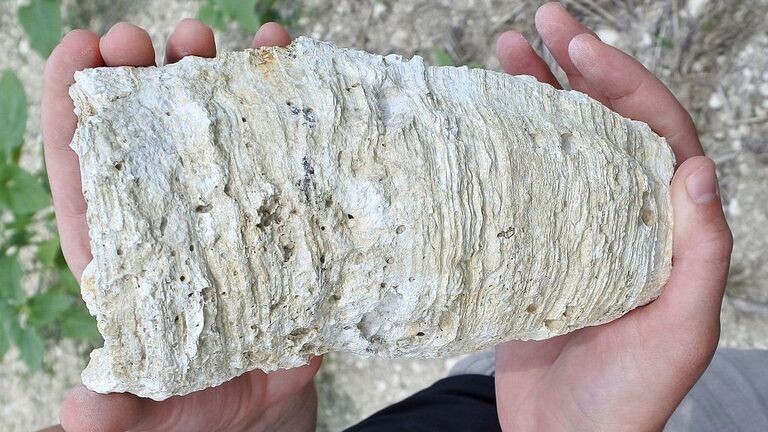
This extinct mollusk has become an important source for understanding ancient environmental conditions, serving as a natural archive of Earth’s history.
Expanding Understanding
De Winter and his team conducted careful experiments on the shell, extracting groundbreaking information that confirmed theories about the ancient terrestrial landscape and even offered insights into lunar history.

The revelations of the study went beyond terrestrial boundaries, expanding our understanding of the interactions between the Earth and the Moon over time, highlighting the interconnection of celestial and terrestrial phenomena.
Dinosaurs Still Ruled
Scientists already possessed extensive knowledge about life during the late Cretaceous period when these mollusks lived. Dinosaurs dominated the landscape as this era came to a close.
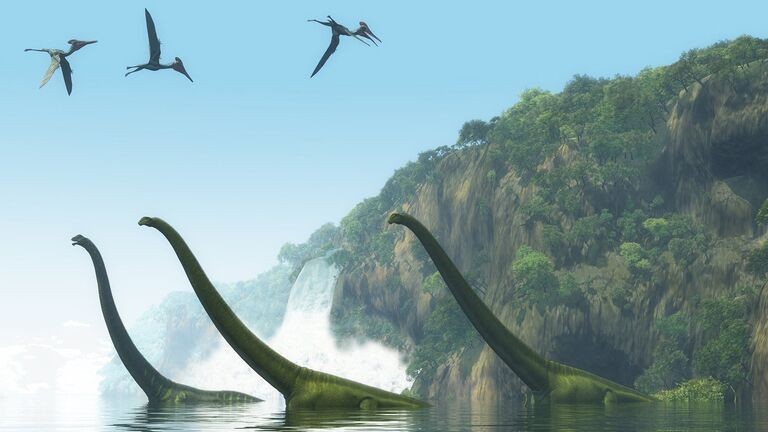
Geologically, this time, known as the Maastrichtian, spanned from about 72.1 to 66 million years ago—a pivotal chapter in Earth’s history marked by significant evolutionary and climatic events.
A New Planet Forms
During the 79-million-year-long Cretaceous period, the Earth underwent drastic transformations. Initially, the planet’s landmasses were grouped into two supercontinents: Laurasia in the northern hemisphere and Gondwana in the south.
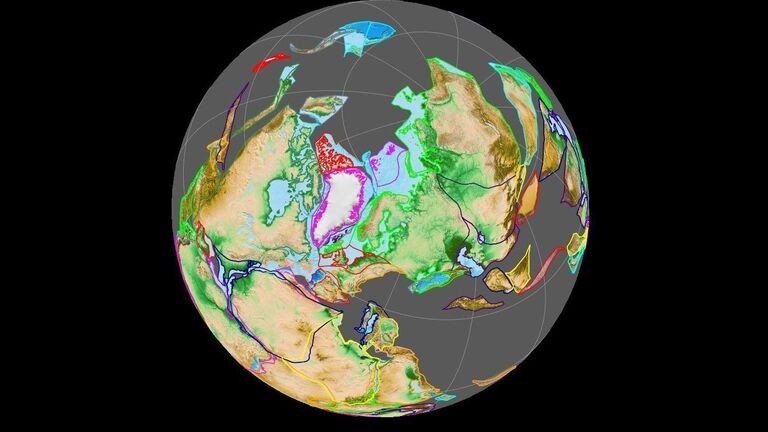
However, these began to break apart, paving the way for the formation of modern continents by the end of the period, reshaping the global landscape and influencing the evolution of life.
Drifting Continents
Throughout the Cretaceous, North America continued to separate from Europe, a process that had begun in the Jurassic period, further widening the Atlantic Ocean.
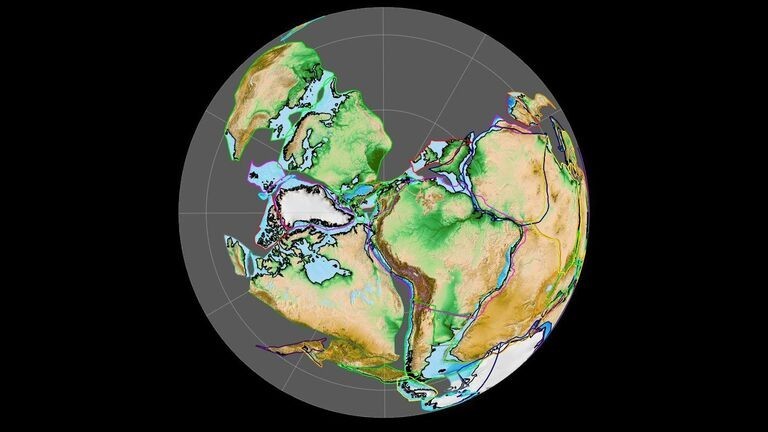
Simultaneously, India, which originally lay next to Madagascar, began its northward movement, while Australia, still connected to Antarctica, drifted away from Africa and crossed the South Pole. These tectonic shifts played a crucial role in shaping the planet's geography and climate.
Significant Cooling
The climate of the Cretaceous period, although cooler than in its earlier stages, remained significantly warmer than today's conditions. Polar regions, free from ice sheets, were forested, allowing dinosaurs to inhabit Antarctica.
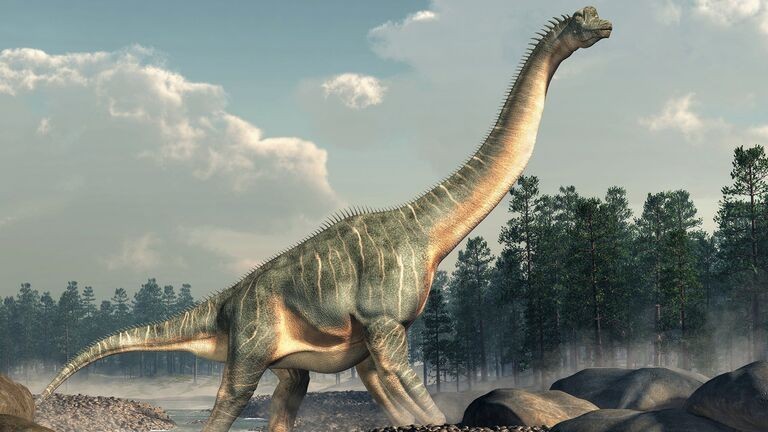
As the planet's temperature gradually decreased, forests outside the equator transitioned into more temperate ecosystems, introducing seasonal variations in both the northern and southern hemispheres, which influenced global biodiversity.
Flourishing Grasses and Plants
This period of climatic transition led to the evolution of grasses, deciduous forests, and flowering plants. The rapid spread of flowering plants provided diverse food sources for various animals.
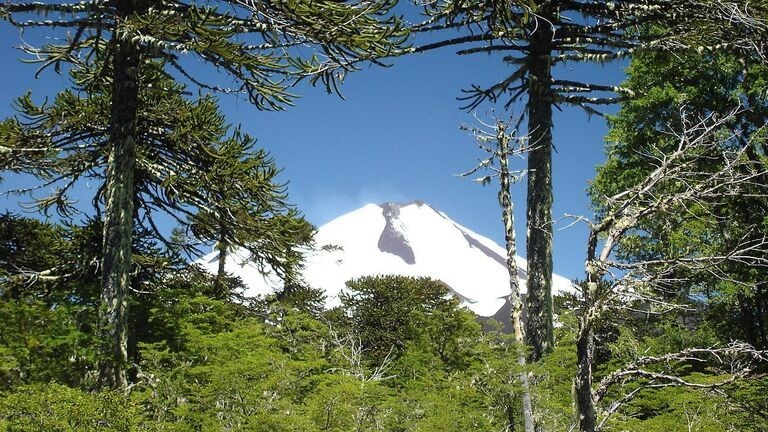
The ecological landscape was also enriched by diverse insect populations, including beetles, ants, wasps, and bees, although the vast grasslands that would eventually dominate large parts of the Earth were still in their early stages.
Shifts in Power Dynamics
The late Cretaceous saw the emergence and dominance of iconic dinosaur species. Tyrannosaurus rex became the apex predator in northern regions, while Spinosaurus took on a similar role in the southern hemisphere.
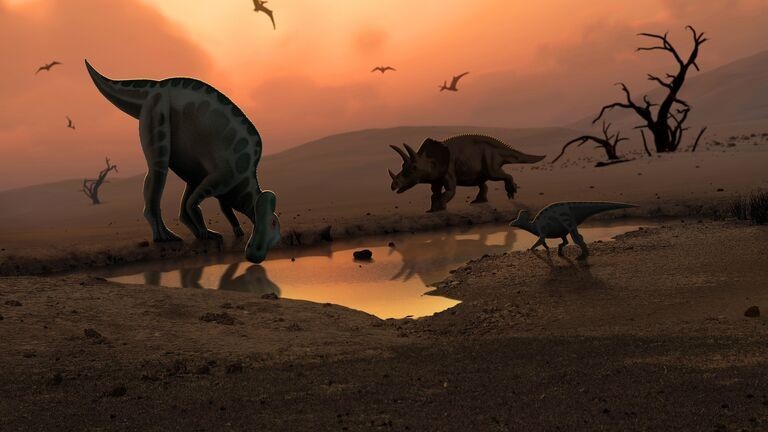
Herbivorous dinosaurs like Triceratops roamed in herds across the northern continents, marking a dynamic shift in the prehistoric ecosystem.
Reptiles’ Reign
The rearrangement of continents during this period created ideal habitats for various reptiles and amphibians. Expanding coastlines hosted a wide range of species, including crocodiles, salamanders, turtles, frogs, and snakes.
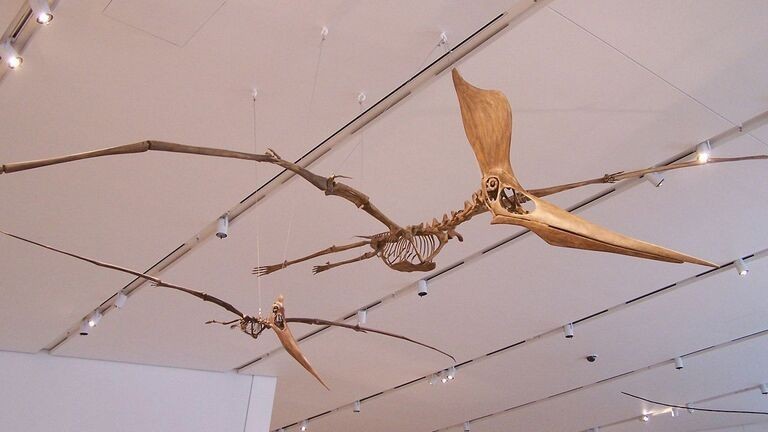
The skies, once dominated by massive pterosaurs, faced increasing competition from a growing diversity of birds, signaling a significant evolutionary shift in avian life.
Ancestors of Birds
The Cretaceous period is crucial in the evolutionary history of birds, with many modern species tracing their origins back to this era.
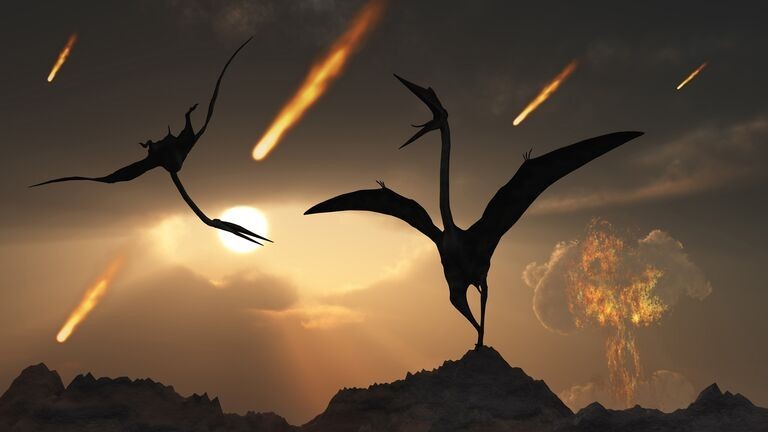
A 2008 study published in BMC Biology suggested that the lineage of many current bird families, such as pelicans, snipes, and cormorants, began during the Cretaceous, pushing back estimates of bird evolution by about 40 million years and underscoring the significance of this period for today's avian diversity.
Flourishing Marine Life
During the Cretaceous, life thrived in diverse habitats. Plesiosaurs, which once dominated, were replaced by mosasaurs in shallow waters. At the same time, modern marine creatures such as sharks and rays became more prevalent. Coral reefs, primarily composed of rudist clams like those studied in 2020, flourished in the warm oceans.
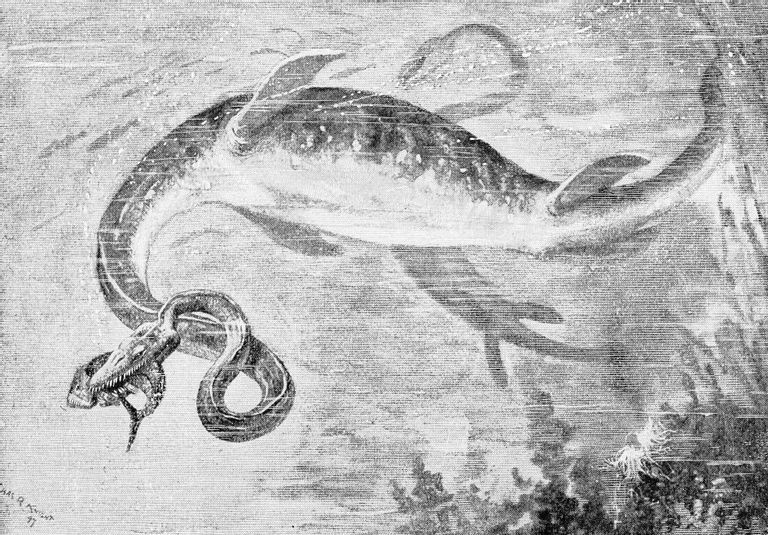
These clams played a crucial role in the marine ecosystem, forming extensive reefs that supported a wide array of marine life, highlighting the rich biodiversity of this era.
Cosmic Conditions
The cosmic conditions of the Cretaceous period are less well-known than terrestrial life, but the fossilized shell from this era offers new insights. This ancient fossil has revealed secrets about the Earth's rotational history and provided scientists with clues to calculate the length of a day 70 million years ago.

The growth patterns of the shell present a unique perspective on the geophysical changes of the Earth, illustrating how celestial and terrestrial narratives are intricately woven together.
A Geological Era
Before these insights emerged, scientists had a fundamental understanding of the changes in Earth's rotation that occurred throughout most of the planet's history. However, tracking these changes was challenging due to their gradual nature.
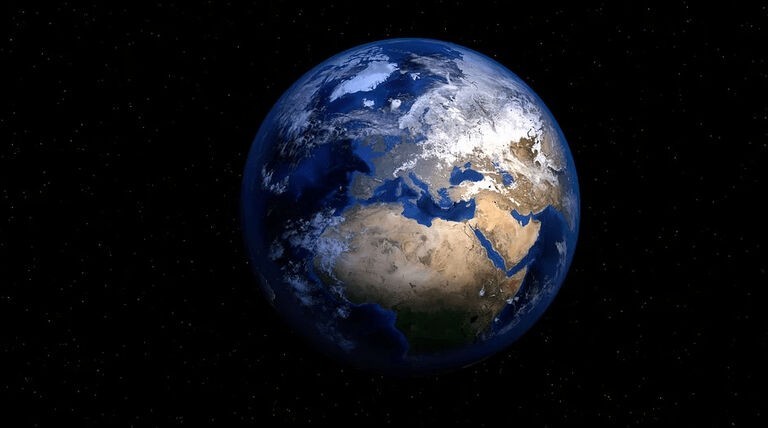
The slow, steady alteration of Earth's rotation has significant effects over millions of years, but observing these changes over shorter timescales is difficult.
Small Steps
According to Scientific American, the Earth's day-night cycle extends by about 1.7 milliseconds per century. While this change is imperceptible in the short term, it accumulates significantly over millennia.

This phenomenon results from the gravitational interactions between Earth, the Moon, and the Sun, with tides playing a central role in this gradual change.
Slowly Drifting Away
The Moon is slowly moving away from Earth, drifting about 1.5 inches further each year. This was explained in 2010 by James Williams from NASA, who highlighted the transfer of rotational energy from Earth to the Moon's orbit.
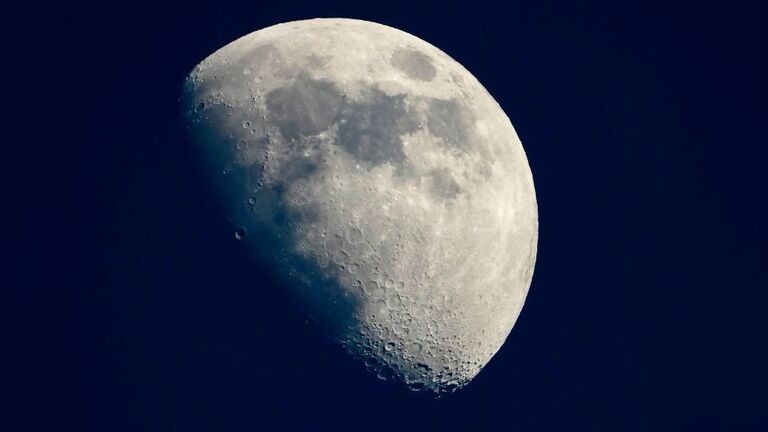
This gradual process affects both Earth's rotation and the distance of the Moon from our planet.
Influencing Tides
The gravity of the Moon significantly impacts Earth's tides, which move ahead of the Moon's orbit due to Earth's faster rotation. This creates a gravitational force that propels Earth forward while also slowing its rotation due to friction with the ocean floor.
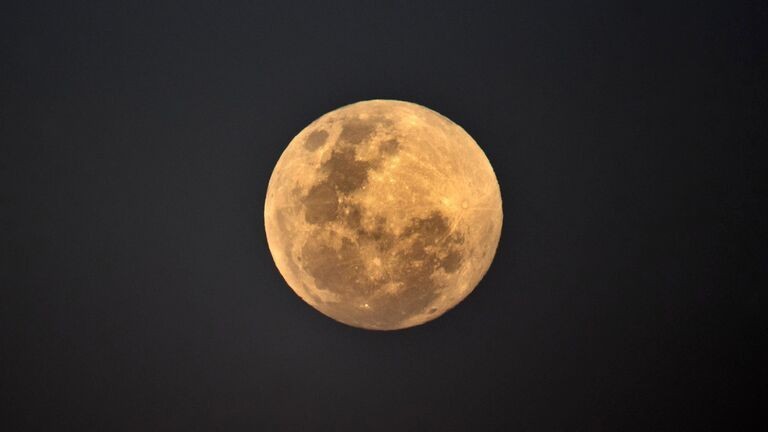
Although these forces extend the length of Earth's days, they do not affect the length of a year, which remains constant due to Earth's stable orbit around the Sun.
Quantifying Distances
To quantify the distance of the Moon from Earth, scientists, including Williams, used lasers to target reflectors left on the Moon by Russian spacecraft and American astronauts.
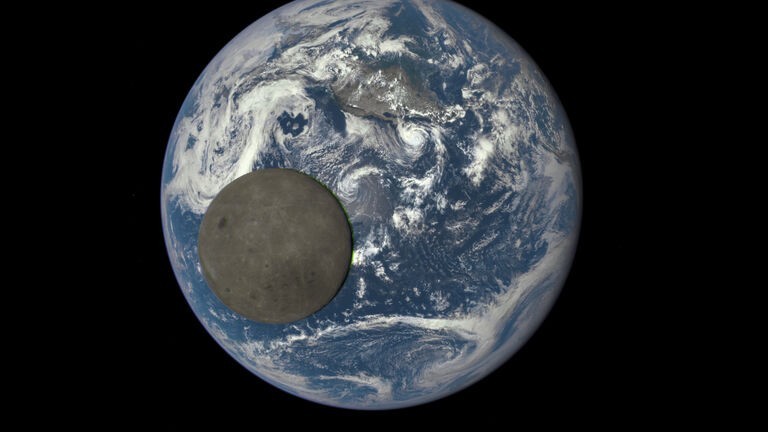
By measuring the time it takes for the laser beam to return and comparing the results over time, they determined that the Moon is drifting at a rate of 3.8 centimeters per year.
Shorter Days in the Past
Studies of the Moon have identified a general trend: the further back in time one goes, the shorter Earth's days were. However, determining the exact length of those days is challenging.
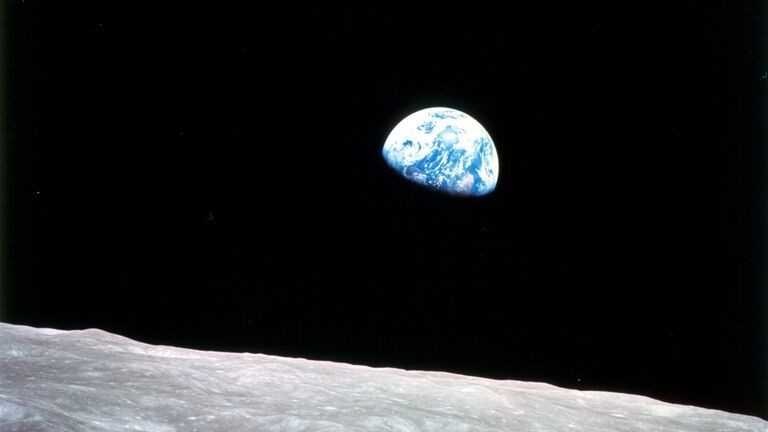
Kurt Lambeck, a geophysicist at the Australian National University, explained to Scientific American that historical records support this pattern, although interpretation becomes increasingly difficult the further back one attempts to go.
But How Did the Moon Form?
Earth's tidal records also provide insights into the Moon's formation. The prevailing hypothesis, supported by tidal data, suggests that the Moon formed from a collision with Earth about 4.5 billion years ago.

Jay Melosh, an Earth and Atmospheric scientist at Purdue University, noted that if the Moon had formed elsewhere, the tidal patterns would be different and that Earth's rotational speed immediately after the impact was estimated to be about six hours.
Moon Migration
Over billions of years, the Moon has drifted from an initial orbit of about 16,000 miles from Earth to its current distance of 239,000 miles. This gradual movement has led to a fourfold slowing of Earth's rotation.

To track the precise length of Earth’s days over this extended period, scientists have relied on extensive geological and astronomical evidence.
Length of a Day
The investigation of fossilized mollusks by Niels de Winter and his team was crucial in understanding how the length of Earth’s days has changed over time. The layered shell growth of the mollusk allowed researchers to accurately measure the duration of a day 70 million years ago.
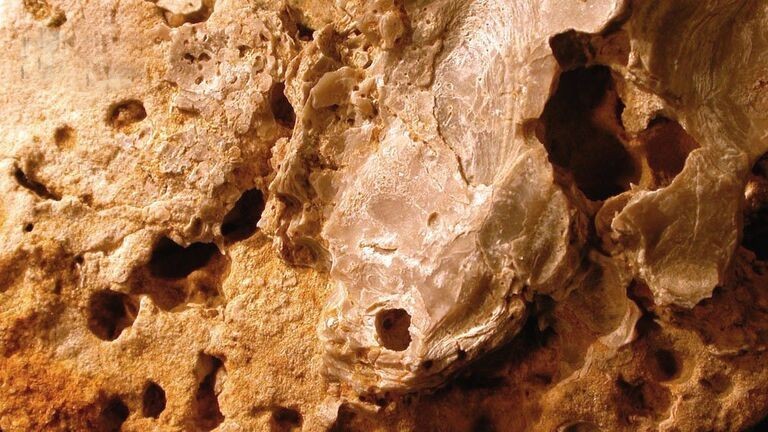
De Winter compared the shell's growth to tree rings, where each layer represented a fraction of a day’s growth.
Thirty Minutes Shorter
Through a careful analysis of the shell's layering, scientists concluded that, 70 million years ago, Earth experienced 372 rotations per year. This translates to an average day length of about 23.5 hours, half an hour shorter than today.

Such precise measurements of Earth's ancient rotational speed were made possible through the detailed examination of the growth patterns of this ancient shell.
Laser Precision
De Winter expressed enthusiasm in an interview with AGU about the precision of their findings, emphasizing the rarity of having multiple data points per day from such a distant past.
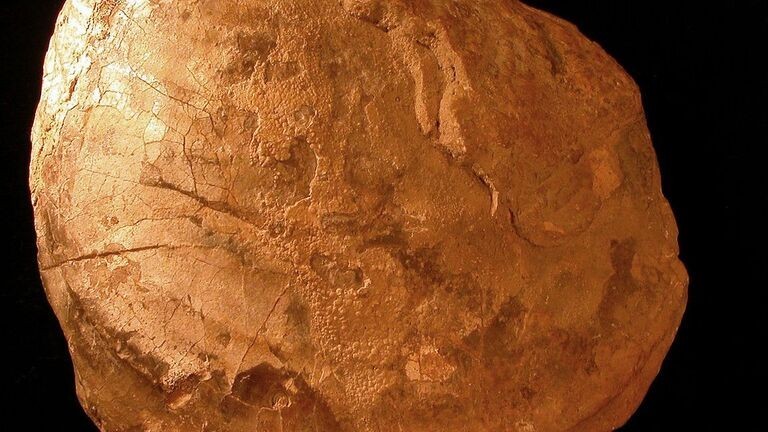
The ability to study a day from 70 million years ago, thanks to the mollusk's shell, has been regarded as an extraordinary achievement in geological research.
Gaining Understanding
To analyze the mollusk’s shell, the team used a laser-based technique that allowed them to study its composition on a very fine scale. They carefully created tiny holes in the shell with the laser to access and analyze the individual growth layers.
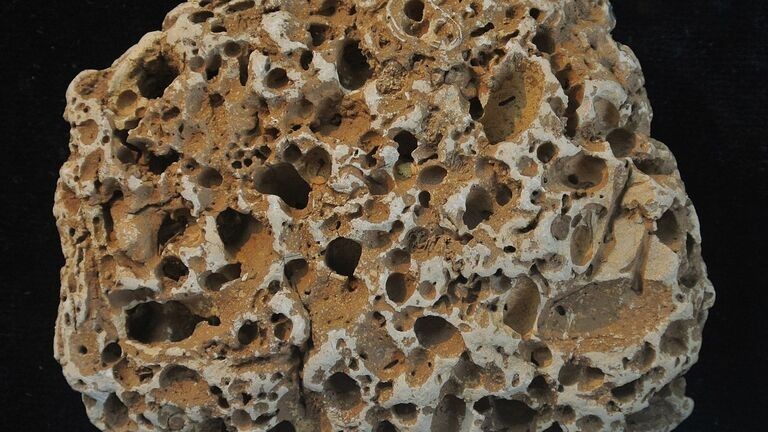
This meticulous process enabled them to examine the shell's structure in unprecedented detail.
Extending the Growth Rate
Each analyzed layer represented about a quarter of a day’s growth in the life of the mollusk. By extrapolating these data over the nine years of the mollusk's lifespan, the researchers could accurately calculate the length of a day during the Cretaceous period.
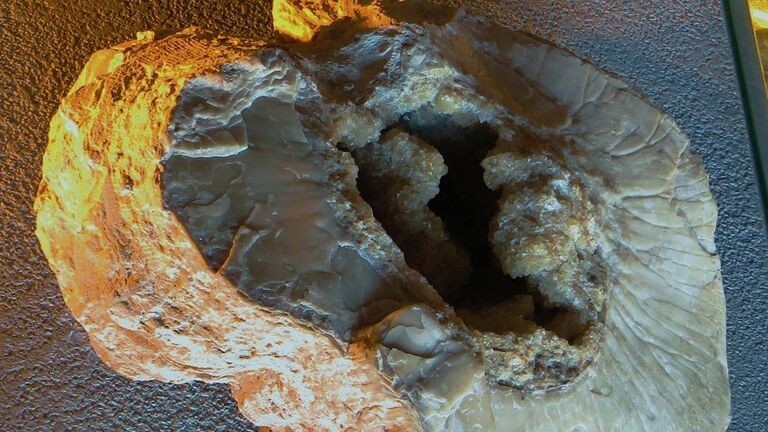
This innovative approach provided insights into the Earth's ancient past, revealing changes in the planet's rotation over millions of years.
Seasons Come and Go
In conversation with Cosmos Magazine, Niels de Winter explained the significance of their research using the fossilized mollusk. By analyzing the shell's composition over short time spans, they could observe rapid environmental changes. This detailed examination allowed them to count the number of days in a year by identifying seasonal cycles within the shell layers.
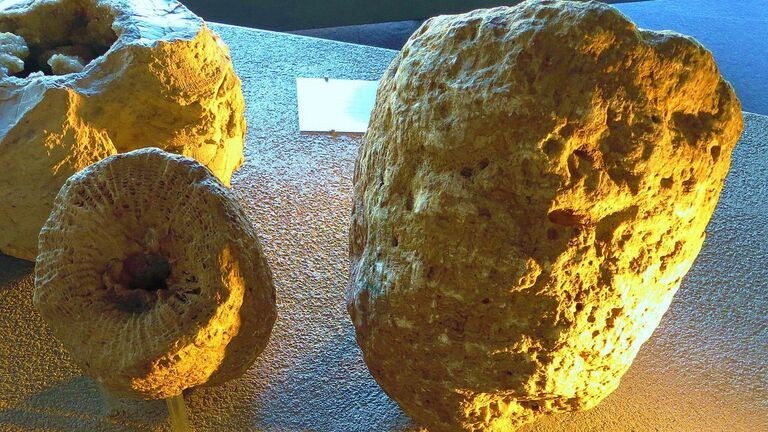
The detailed growth patterns of the shell not only revealed the length of days but also the climatic conditions of the Cretaceous period, offering a new perspective on Earth’s ancient climate.
All from One Organism...
Traditional climate models typically analyze changes over extensive timeframes that often span tens of thousands of years.
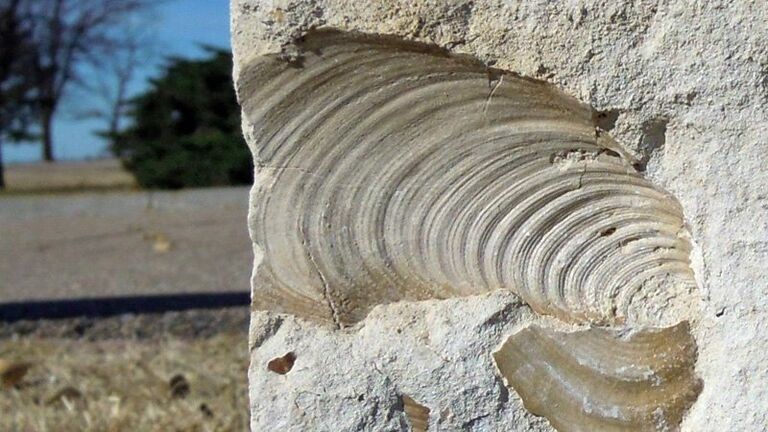
However, the unique insights derived from this mollusk have enabled researchers to study environmental changes on a much finer scale, focusing on the lifespan of a single organism.
High Temperatures
Analysis of the mollusk has revealed that ocean temperatures during the Late Cretaceous were significantly warmer than previously thought. Winter temperatures hovered around 30°C, while summer temperatures soared to about 40°C.

These insights, according to de Winter, suggest that such high temperatures were near the upper limits that mollusks could endure, providing insights into the adaptability and resilience of ancient marine life.
Sharpening Our Understanding
Peter Skelton, a rudist expert not involved in de Winter’s study, commented on the significance of these findings to AGU. He highlighted the high accuracy of the data, which not only improved the understanding of Cretaceous astrochronology but also contributed to knowledge about the paleobiology of rudists.
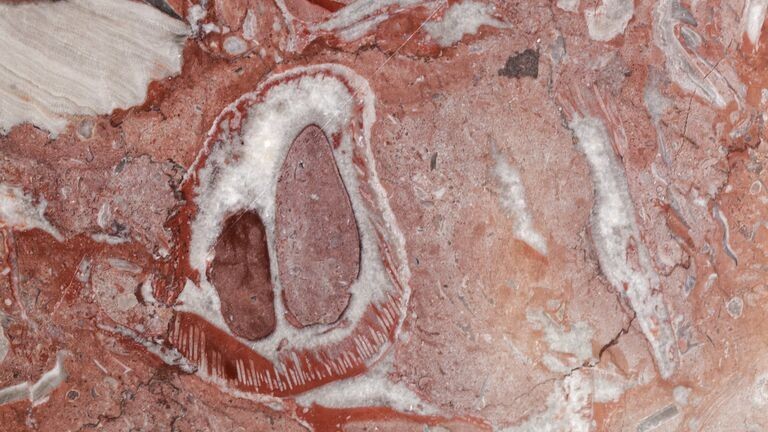
The study's precision in dating and environmental analysis marks a significant advancement in paleontological research.
Filling Gaps
This research has provided the most accurate measurement of day length during the Late Cretaceous to date. Additionally, it has shed light on aspects of the Moon's rotation and its effects on Earth.

The current rate of the Moon's retreat from Earth is about 3.8 centimeters per year, but this study suggests that this rate has not been constant over history and indicates a more complex pattern of lunar recession over time.
Only About 1.4 Billion Years
A constant retreat rate of the Moon at 3.8 centimeters per year would imply that the Moon was incredibly close to Earth only 1.4 billion years ago, contradicting the known history of the Moon.
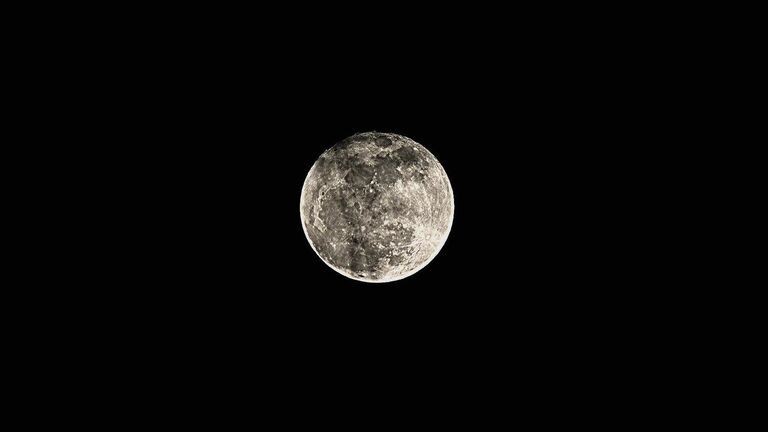
The Moon is believed to have formed about 4.5 billion years ago from a collision with Earth. This discrepancy suggests that the Moon's retreat rate has varied over time, a key discovery that challenges existing models of Earth-Moon dynamics.
Making Sense of Changes
The detailed analysis of the mollusk over nine years of its life has provided crucial data for understanding the evolution of the distance between Earth and the Moon.
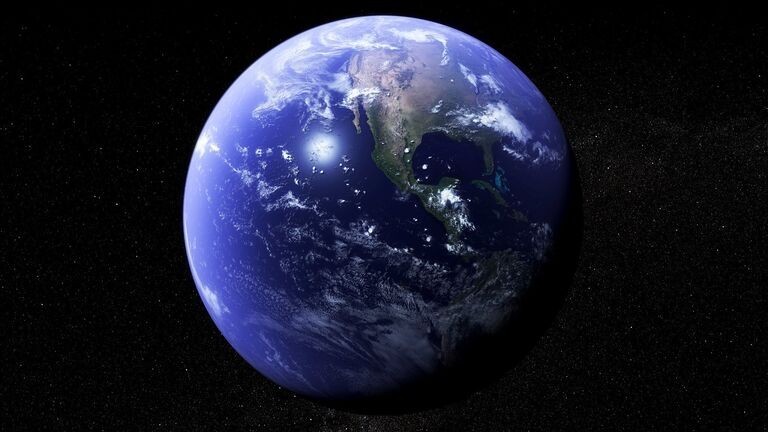
De Winter acknowledged the complexity of this development and the need for better models to explain the behavior of the Earth-Moon system since the Moon's formation. This type of research provides valuable data for astronomers and geologists to refine their theories.
Laser Focus
The study, centered on a period 70 million years ago, represents just a small portion of the Moon's history. The researchers plan to apply their laser-based methodology to even older fossils to capture accurate measurements of day lengths from further back in Earth’s history.

This approach could yield additional insights into the planet's rotational changes and environmental conditions during various geological epochs.
There Are Also Environmental Changes
Beyond the lunar study, these fossils offer potential for analyzing environmental changes on a daily basis. De Winter points out the challenges in finding well-preserved specimens and the time-consuming nature of the research.

However, the ability to detect short-term events like storms or extreme heat days in the fossil record presents an exciting opportunity to understand ancient weather conditions.



















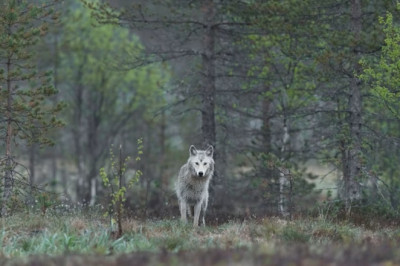
Comments
0 comment